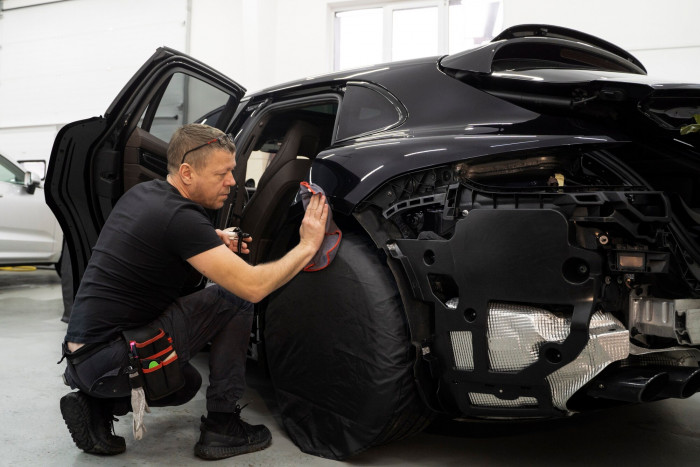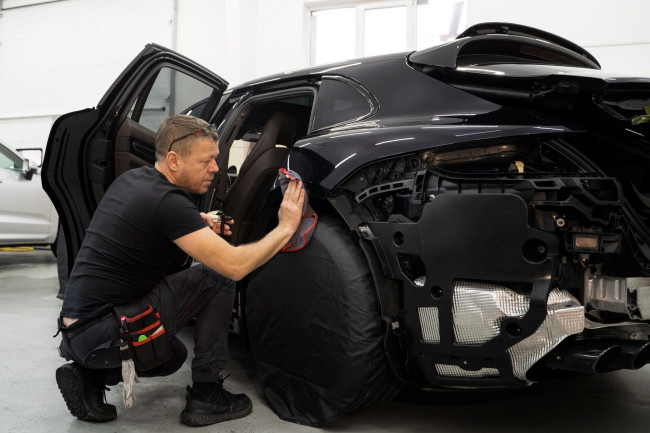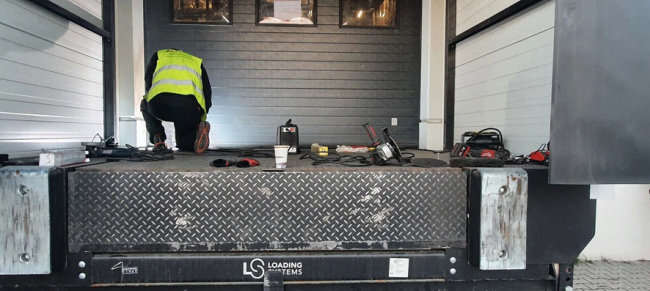Electric vehicles (EVs) are no longer futuristic concepts—they're here, and they're growing in popularity fast. As charging stations pop up in cities and major automakers invest heavily in battery technology, it’s clear the industry is shifting gears. But what does this mean for everyday drivers?
Whether you’re considering making the switch or simply curious, here’s what you should know about the rise of electric cars.
1. EVs Are Becoming More Affordable
A few years ago, EVs were mostly seen as luxury vehicles. Today, brands like Hyundai, Nissan, and Chevrolet offer budget-friendly electric models with impressive range and features. In many countries, government incentives or tax credits also reduce the purchase cost, making EVs more accessible.
2. Charging Infrastructure Is Rapidly Improving
One of the biggest concerns for potential EV buyers is range anxiety—the fear of running out of battery. Fortunately, public charging stations are expanding, and many new EVs offer ranges of 250+ miles on a single charge. Home charging solutions also make it easy to plug in overnight, just like a smartphone.

3. Maintenance Is Minimal
EVs have fewer moving parts compared to gasoline-powered cars. No oil changes, no exhaust systems, and less wear on brakes (thanks to regenerative braking). This means fewer trips to the mechanic—and a much lower chance of ending up at an auto body shop for engine-related repairs.
4. Performance Is Surprisingly Strong
Electric motors deliver instant torque, which means EVs can accelerate quickly and smoothly. Many drivers are surprised at how responsive and quiet these vehicles feel, especially in city traffic. Even some sports car enthusiasts are turning to electric options for their punchy performance.
5. Environmental Impact Is Lower
EVs produce zero tailpipe emissions, making them a cleaner option for urban areas dealing with air pollution. While the electricity source still matters, even coal-powered grids typically result in lower overall emissions compared to traditional combustion engines.
6. There Are Still Challenges
Battery degradation, limited charging stations in rural areas, and longer “refueling” times are all hurdles the industry is working to overcome. Also, cold weather can reduce battery efficiency, so regional climate still plays a role in EV performance.
7. EVs Are Changing the Insurance Landscape
Insurance companies are adapting to new EV-specific risks, such as battery replacement costs or specialized repair needs. While premiums may be slightly higher in some cases, many providers offer discounts for EV drivers due to the lower risk of engine-related breakdowns. That said, after collisions, some models may still require specialized attention—not unlike what you'd expect from an auto body shop with advanced diagnostic tools.
8. Software Updates Improve the Car Over Time
Unlike traditional cars, many EVs can receive over-the-air (OTA) software updates that improve performance, add features, or even fix bugs—without visiting a service center. This ability to improve after purchase is a game-changer, making EV ownership more dynamic and future-proof.
9. Regenerative Braking Saves Energy (and Money)
Most electric cars use regenerative braking systems that convert kinetic energy into electricity, recharging the battery as you slow down. This not only improves range but also reduces brake wear—another reason you might find yourself visiting a mechanic or auto body shop less frequently over the lifespan of your vehicle.
10. The Used EV Market Is Expanding
With more EVs hitting the roads, the second-hand market is starting to flourish. While buyers should always check battery health and mileage, many used EVs offer excellent value—especially with newer models having improved battery life and longer warranties.
11. EVs Are Leading to New Driving Habits
Because range management and charging availability matter more in EVs, drivers are becoming more conscious of route planning, efficient driving, and vehicle monitoring. This shift is encouraging better habits on the road, reducing aggressive driving, and enhancing overall road safety.
12. Public Perception Is Rapidly Shifting
EVs were once seen as niche or experimental, but growing exposure and real-world success stories are changing public opinion. As more friends, neighbors, and rideshare drivers go electric, people become more open to considering them as a practical alternative—not just a novelty.
13. Fleet and Delivery Vehicles Are Going Electric
Major companies like Amazon, FedEx, and UPS are transitioning their delivery fleets to electric models. This shift reduces fuel costs, supports sustainability goals, and normalizes EV use across industries. As commercial adoption grows, maintenance providers—including your local auto body shop—are adapting to service both individual and fleet EVs.
14. EVs Support Smart City Integration
Electric vehicles are a key part of smart city planning. With integrated apps, GPS systems, and real-time traffic data, EVs contribute to efficient traffic flow and energy management. Some can even share data with city infrastructure to optimize charging and reduce grid stress during peak hours.
15. Solar and EV Pairing Is on the Rise
Many EV owners are now combining solar panels with home charging stations. This not only reduces electricity costs but also minimizes environmental impact. In the future, vehicle-to-home (V2H) and vehicle-to-grid (V2G) technologies will allow EVs to send power back into homes or the electric grid—transforming them into mobile energy hubs.
16. EVs Offer Quiet and Comfortable Rides
One of the most noticeable differences when driving an electric car is how quiet it is. The absence of engine noise makes for a more peaceful ride, and EVs often come with extra cabin insulation and smooth acceleration, which enhances driving comfort—especially in urban environments.
17. New Brands Are Disrupting the Market
While traditional automakers are investing heavily in EVs, new players like Tesla, Rivian, Lucid, and BYD are leading innovation. These companies aren’t just building cars—they’re redefining what a vehicle can be, often integrating cutting-edge technology, minimalist design, and direct-to-consumer sales models.
18. EV-Specific Tires and Components Are Emerging
Electric cars are heavier due to their batteries and offer instant torque, which puts unique stress on tires and suspension components. As a result, manufacturers are designing EV-specific tires and brake systems to handle the load and driving dynamics. Servicing these specialized parts often requires shops with updated tools and training—like a modern auto body shop would have.
19. Government Mandates Are Speeding Up the Transition
Many countries and states are setting deadlines to phase out internal combustion engine (ICE) vehicles—some as early as 2035. These regulations are accelerating innovation and pushing both manufacturers and consumers to embrace electric options sooner than expected.
20. EV Education and Training Are Growing
As demand grows, so does the need for education. Schools, technical colleges, and certification programs are rapidly developing EV-focused training for mechanics, electricians, and first responders. Even service providers, including your local auto body shop, are investing in staff training to keep up with the evolving technology.
Conclusion
The shift toward electric vehicles is happening faster than many expected. While they may not yet be perfect for everyone, EVs offer real advantages in cost, maintenance, and sustainability. As infrastructure improves and prices continue to drop, more drivers will find themselves making the switch—and fewer will find themselves relying on an auto body shop for traditional repairs.












